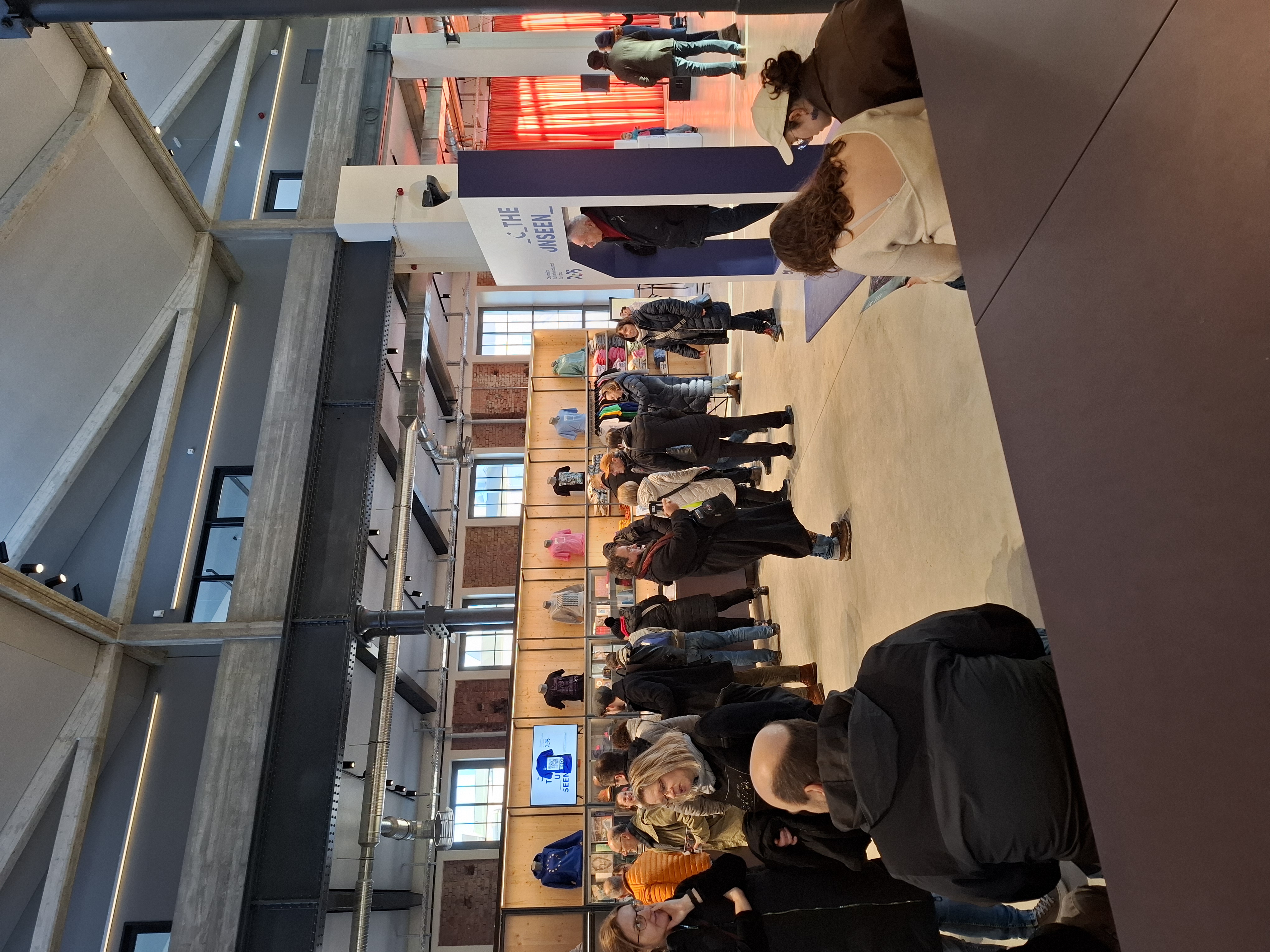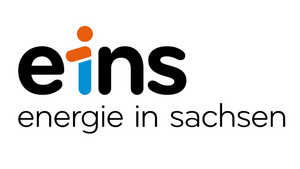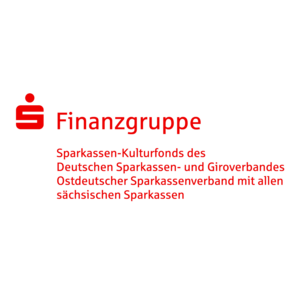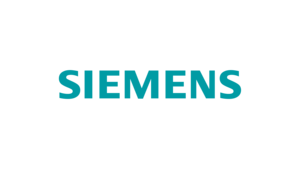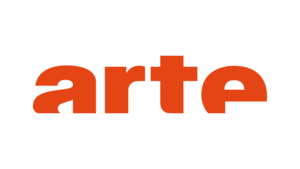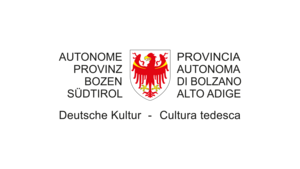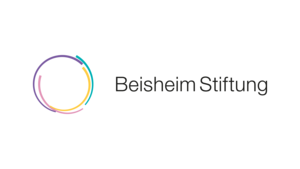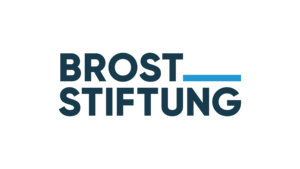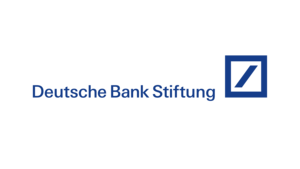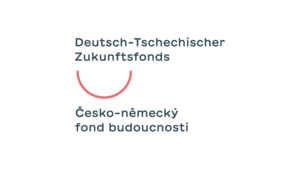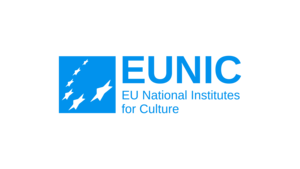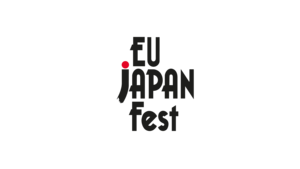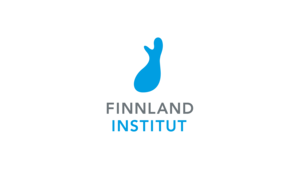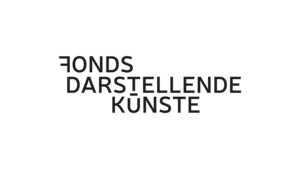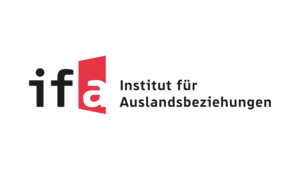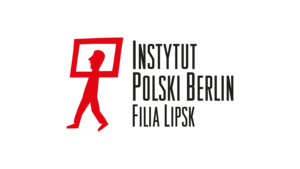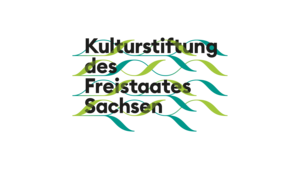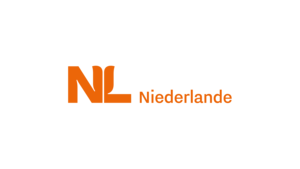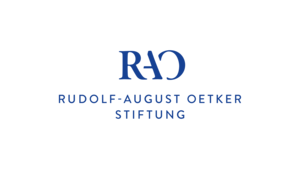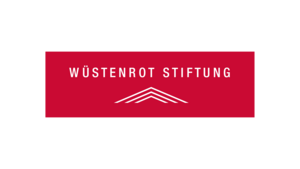In the volunteer editorial team, Volunteers for Chemnitz 2025 publish reports on their experiences, assignments and adventures around the European Capital of Culture.
Andrea lives in Chemnitz. Before retiring, she worked as a teacher. As a result, she has a good feel for language and an eye for detail - all qualities that she brings to the volunteer editorial team of Chemnitz 2025.
Today is Wednesday, 22 January 2025, and it's been four days since the opening of the Capital of Culture. My voice sounds normal again and I'm back to my everyday life, which wasn't easy after such a weekend. The enthusiasm was great and I could have gone on like this for a few more days.
But right from the start. I had signed up to receive the guests at the Hartmannfabrik, starting at 10.00 a.m. on Saturday and finishing at 4.00 p.m. on Saturday. When I got there, after registering at Schmidtbank of course, there wasn't that much going on yet. I had the impression that there were mainly guests who had already travelled from further away on Friday and wanted to find out what Chemnitz has to offer as the Capital of Culture. This had the advantage that I had a lot of time for the questions and requests of our visitors and was also able to present the Hartmannfabrik and its history in detail. For example, there was a couple from Hamburg who were very interested, asked a lot of questions and were very impressed. Before they made their way to the city centre, they assured me that they definitely wanted to visit the city again in 2025. Or a journalist from Heidelberg, who repeatedly emphasised that her image of Chemnitz after this first visit differed from the image that had been communicated to the public in the past. She wanted to write a positive text about a city that presented itself in an impressive way. I would have loved to hug her, I was so happy to hear her praise. It went on like this in a pleasant way and I began to like the day more and more.
And then it was just before midday and things really got going! You could tell from the dialects which train had just stopped at the main station: a group of Franconians from Hof or Nuremberg conquered the hall and our hearts with their interest, half an hour later you could hear the Saxony-Anhalt dialect. They came from Halle, Magdeburg or Halberstadt and left with the last sentence on their lips: "We absolutely have to come back again!"
When Matthias patted me on the shoulder and told me that food and drinks were ready for us, I realised that quite a lot of time had passed since breakfast. But eating now and perhaps missing guests? No, that was out of the question! It was all far too exciting for that! And there were so many people that there was a queue at the entrance to the hall.
I ended up eating a sandwich after all, very tasty by the way! And when my service ended at 4.00 pm, I felt like I was on cloud nine with happiness at being able to share such an event with so many others. I was also relieved that the figure of 80,000 guests on this day would perhaps not remain a utopia after all. I kept asking newly arrived volunteers whether there was already a lot going on in the city centre. And when my husband, also a volunteer, turned up and confirmed this, my happiness knew no bounds!
I didn't go home, but started my second shift at the information container, where I was able to continue answering our guests' questions and requests with others until 10.00 pm. On Sunday we finished up by handing out flyers on the Neumarkt, informing people and asking them about their impressions and experiences.
And now you're probably no longer surprised that my voice sounded a bit hoarse for three days!
